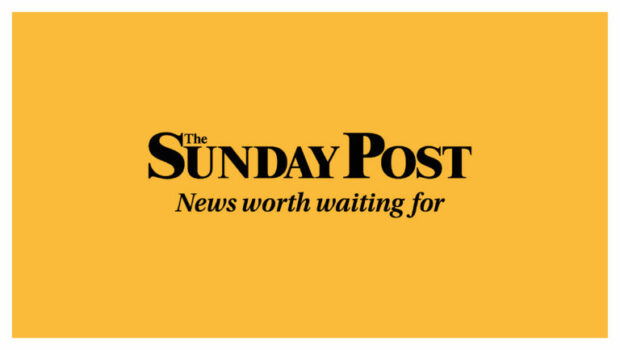
Remember the New Normal? How the pandemic was going to wipe the old slate clean. How things could only get better as we learned to perfectly balance work, rest and play? Well, how’s that going?
For many of us, pies in the sky always seemed a more realistic proposition and, as the cost of living crisis hurtles on the heels of a global pandemic, we are discovering our new normal has only inflamed some old problems along with gifting us some novel innovations like the £7 tub of Lurpak.
For many Scots – everyone basically, apart from those middle-class workers lucky enough to be able to work with just a laptop and kettle for company – working from home was never an option. When we poured on to the pavement to applaud NHS workers during lockdown, a clap or two could have gone to all the others, from shop staff and bus drivers to mechanics and couriers, who were also at their work making our country work.
Of course, many of us are still toiling at home for part of the time if not all. Last week, research on Britain’s high streets suggests Mondays and Fridays are now far busier than pre-Covid as many office staff informally adopt a three-day week.
“We’re not going back to how things were pre-Covid,” said one property firm, stating the obvious. “We certainly believe there are going to be fewer people in offices for the longer term and are planning accordingly.”
Losing the time-wasting, stressful expense of the daily commute is just one of the very real benefits of WFH but some of the others, like being able to play with the dog, dunk a chocolate bourbon and wear a continental quilt in meetings come with a cost attached and we are only now understanding what the bill might be.
We are only now starting to see the research, the analysis of the impact of the pandemic on our lives and the lives of our children. We can, however, already say with some certainty those impacts will be more far-reaching and wide-ranging than any of us could have imagined three years ago.
From changing our attitudes to work, what we do and where we do it, to reshaping our priorities and the effect on our physical and mental health, locking the world down will affect our lives and futures in a million different ways.
Today we report, for example, how speech therapists are reporting poorer language skills in children after they were deprived of many of the normal, social interactions that spark young minds from play-dates to visits from extended family.
Worryingly, they say the ground lost in learning these communication skills may never be made up and the life chances of some young Scots will be forever curbed.
It would be dismaying but not terribly surprising if the most significant impact of Covid on our lives will be borne by our children and young people. Everyone of all ages lost a chunk of precious time in the pandemic but it is hard not to feel sorriest for the young, robbed of much of their most fun-filled, carefree years.
Young people sacrificed so much to keep their parents and grandparents safe and so, when we gauge the shape of this new normal, we should put them first. We owe them.

Enjoy the convenience of having The Sunday Post delivered as a digital ePaper straight to your smartphone, tablet or computer.
Subscribe for only £5.49 a month and enjoy all the benefits of the printed paper as a digital replica.
Subscribe